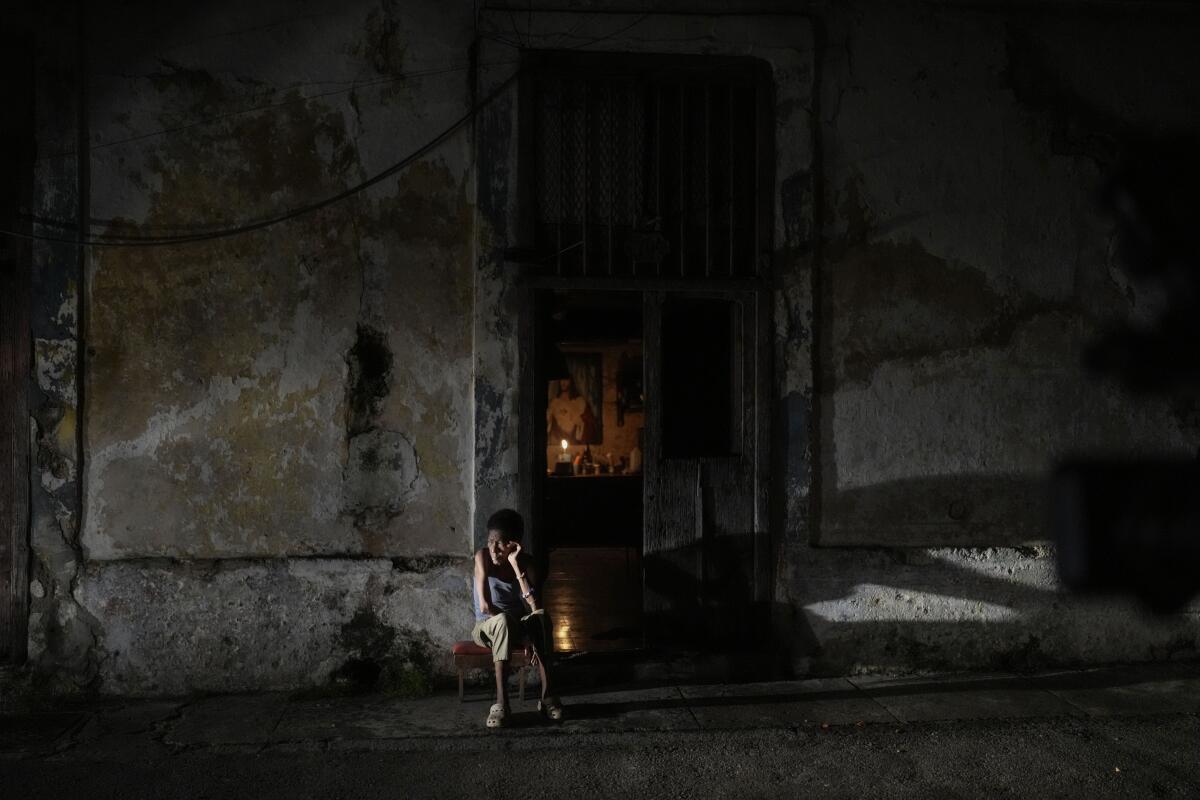
Many Cubans were waiting in anguish Sunday as electricity on much of the island has yet to be totally restored after days of blackout.
Some neighborhoods had electricity restored in Cuba’s capital, where 2 million people live, but most of Havana remained dark. The effect of the blackout goes beyond lighting, because services like water supply also depend on electricity to run pumps.
People resorted to cooking with improvised wood stoves on the streets before the food went bad in refrigerators.
In tears, Ylenis de la Caridad Napoles, mother of a 7-year-old girl, says she is reaching a point of “desperation.”
The failure of the Antonio Guiteras plant on Friday, which caused the collapse of the island’s whole system, was just the latest in a series of problems with energy distribution in a country where electricity has been restricted and rotated to different regions at different times of the day.
People lined up for hours Sunday morning to buy bread in the few bakeries that could reopen.
Some Cubans like Rosa Rodríguez have been without electricity for four days.
“We have millions of problems, and none of them are solved,” Rodríguez said.
The blackout was considered to be Cuba’s worst in two years after Hurricane Ian made landfall as a Category 3 storm in 2022 and damaged power installations. It took days for the government to fix them. This year, some homes have spent up to eight hours a day without electricity.
There is no official estimate for when the blackout will end. Even in a country that is used to outages as part of a deepening economic crisis, Friday’s collapse was massive.
The Cuban government has announced emergency measures to slash electricity demand, including suspending school and university classes, shutting down some state-owned workplaces and canceling nonessential services.
Duran writes for the Associated Press.